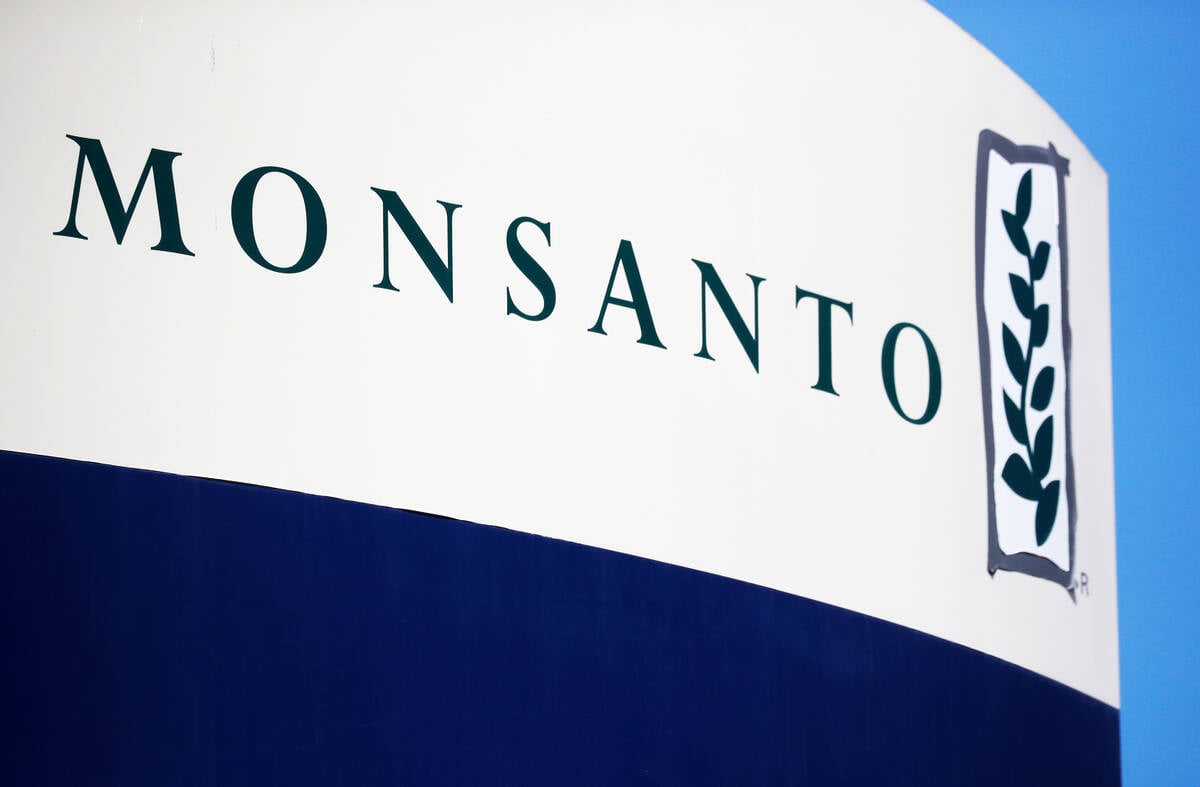Without phosphorus, food cannot be produced. Put simply, if there is no phosphorus, there is no life.
Most phosphorus comes from non-renewable phosphate rock and it cannot be synthesized artificially. Some 85 per cent of the world’s remaining high-grade phosphate rock is concentrated in just five countries: Morocco, China, Egypt, Algeria and South Africa.
Seventy per cent is found in Morocco alone. This makes the global food system extremely vulnerable to disruptions. At the same time, phosphorus use in food production is extremely inefficient.
Read Also

Roundup retraction makes public trust ripples
A foundational study on glyphosate safety was recently retracted, while Roundup maker Bayer has already said it may ditch the key agricultural herbicide after lawsuits piled up.
In the United Kingdom alone, less than half of the 174,000 tonnes of imported phosphate are used productively to grow food. Consequently, the planetary boundaries (the Earth’s “safe space”) for the amount of phosphorus flow into water systems have long been transgressed.
Unless we fundamentally transform the way we use phosphorus, any supply disruption will cause a global food crisis. Using phosphorus in a smarter way, including using more recycled phosphorus, would also help already stressed rivers and lakes.
[RELATED] Is phosphorus management being lost in the fertilizer furor?
We are now experiencing the third major phosphate fertilizer price spike in 50 years.
Despite its critical importance, there is no comprehensive global framework for phosphorus governance. It is largely ignored in international policy discussions, and in countries where phosphorus regulation does exist, it is often dated and fails to address food security.
Policies have generally focused on removing phosphorus from wastewater to prevent water pollution or encouraging farmers to fertilize fields with phosphorus-rich animal manure or to use less phosphorus in the first place. These are fine, but they are piecemeal and ignore important inefficiencies at other stages in the food supply chain.
For more than a decade, scientists have been warning that if no one takes responsibility for ensuring phosphorus security, further disruptions in its supply can have major consequences for the food system. Vulnerable farmers could be pushed to the brink and global crop yields severely reduced. We are essentially sleepwalking into a food crisis.
But there is still time to wake up. We have put together the first ever U.K. National Phosphorus Transformation Strategy to help guide the country away from its current unsustainable situation. If the U..K government and institutions were to adopt this strategy, we hope it could trigger a broader transformation elsewhere.
[RELATED] Struvite shows promise as organic fertilizer
Surprisingly, despite being almost entirely dependent on imported phosphorus in fertilizers and animal feed, our team’s research shows the U.K. theoretically has enough phosphorus already circulating in the food system: 90,000 tonnes per year of “legacy phosphorus” accumulate in agricultural soils, 26,000 tonnes per year leak into water bodies and 22,000 tonnes are sent to landfill and construction.
These hotspots of phosphorus inefficiency and loss represent a critical resource that could instead be used productively.
The strategy identifies phosphorus priority pathways that can turn that around, ranging from the development of innovative technologies to financial incentives for industry and engaging communities in the changes needed.
This includes things like supporting the roll-out of biodigesters to process bulky animal manures and food wastes into concentrated and nutrient-rich fertilizers that can be more cost-effectively transported across the country to crop production areas. Or harmonizing national policies to incentivize both phosphorus removal to prevent pollution, and stimulate the productive reuse of phosphorus-rich wastes for farmers.
The good news is that some of these actions are already underway at a small scale. If they are scaled up and others are introduced and become part of mainstream operations, then the phosphorus system can become more resilient.
Importantly, the strategy has been developed after extensive consultation with farmers, regulators, policy-makers, food producers, wastewater companies and environmental managers. This should give us the confidence that change is possible.
– Julia Martin-Ortega is with the Sustainability Research Institute, University of Leeds. Brent Jacobs and Dana Cordell are with the Institute for Sustainable Futures, University of Technology Sydney.














